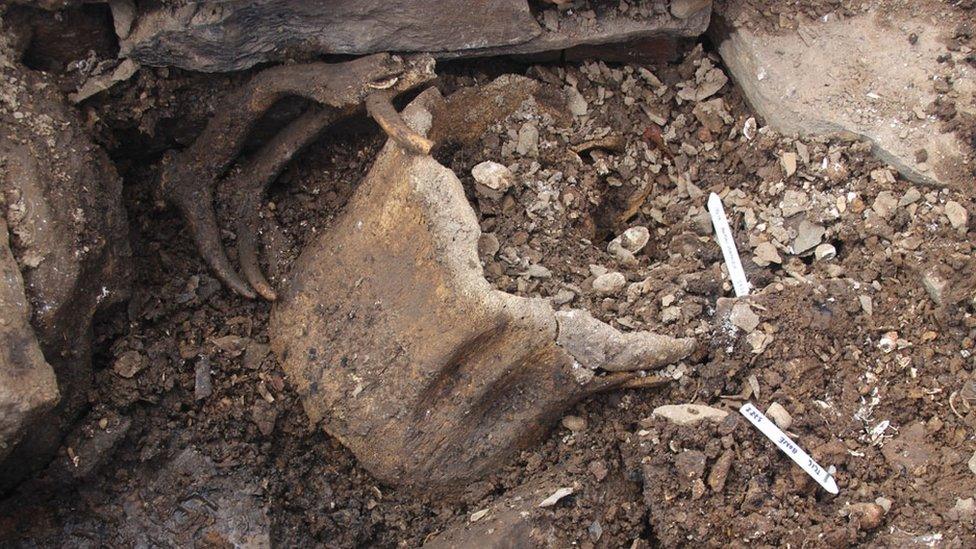Search for Stirling's lost Iron Age roundhouse
- Published
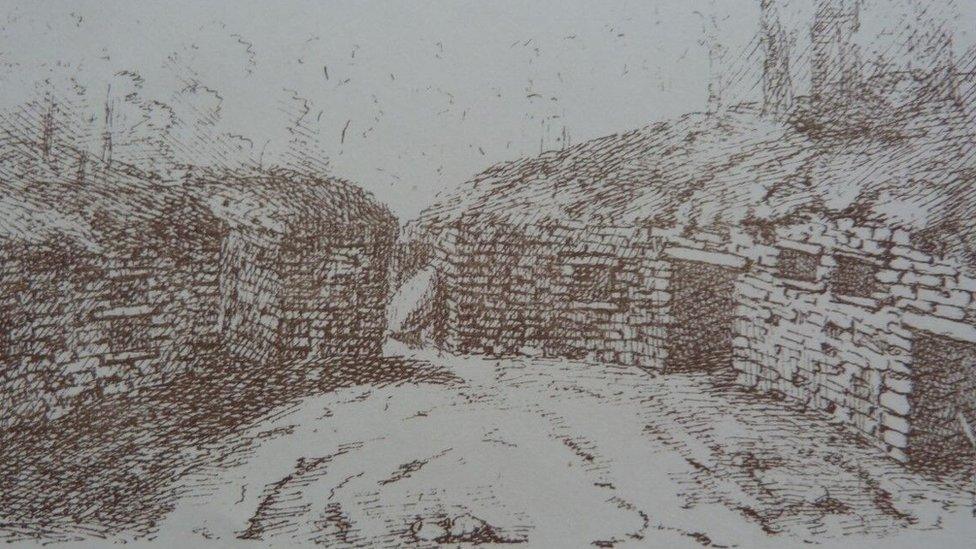
Christian Maclagan's drawing of Coldoch, another broch near Stirling
An archaeologist whose research was ignored because she was a woman is being honoured in a new project set up to rediscover one of her key finds.
Christian Maclagan investigated the remains of an Iron Age roundhouse in her home town of Stirling in the 1870s.
Attitudes towards women at the time meant her academic paper on the broch structure was only accepted after it was transcribed by a man.
A small team of enthusiasts plan to search for the 2,000-year-old house
They have dubbed their project as a search for "the broch sexism lost".
Since Maclagan's discovery of the Livilands broch the site is thought to have been buried during the landscaping of a garden in Wester Livilands in Stirling. There is also an Easter Livilands in Stirling, but the other location is thought to be the most likely site of the lost ruins.
Maclagan's discovery is important because the broch is the only known example to date of an Iron Age roundhouse in an urban setting.
The stone-built towers are more commonly found in rural and remote parts of the north of Scotland, including Caithness, Glenelg on the west Highland coast and Orkney.
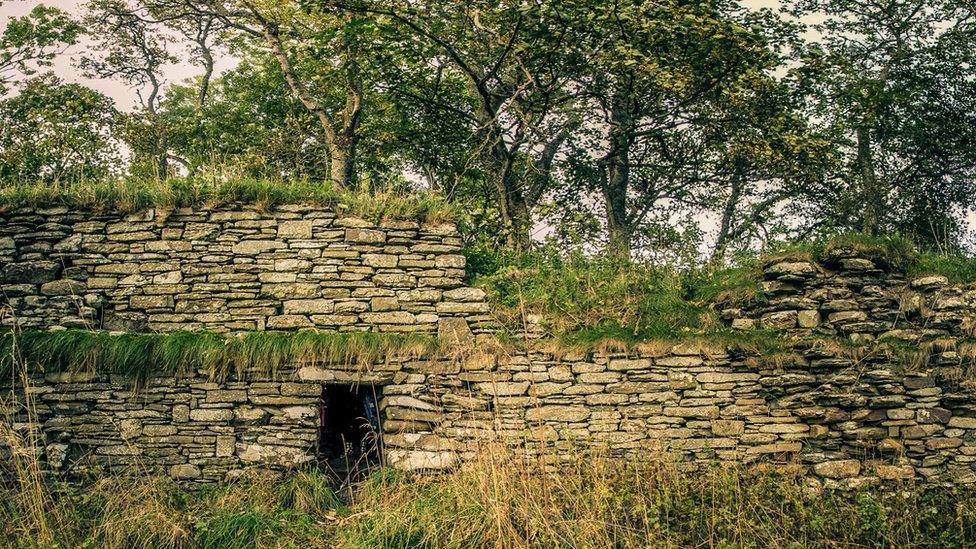
The ruins of a broch at Dunbeath in Caithness
Maclagan's lost broch may have been constructed on the orders of a chief, eager to make a statement about his wealth and power.
Stirling-based archaeologist Dr Murray Cook is working with a student from the University of Stirling and another from the University of the Highlands and Islands on the project.
They have started a crowdfunding campaign to raise enough money to investigate the suspected site of the broch and excavate it.
Dr Cook said Maclagan was "arguably the UK's first female archaeologist" and one of the first to consider archaeological stratigraphy, the drawing of cross sections of ruins.
She created illustrations of Coldoch, another broch in the Stirling area, and also made rubbings of ancient carved stones.
However, due to attitudes to women at the time, she was refused full membership to Scotland's leading and oldest archaeological body, the Society of Antiquaries of Scotland.
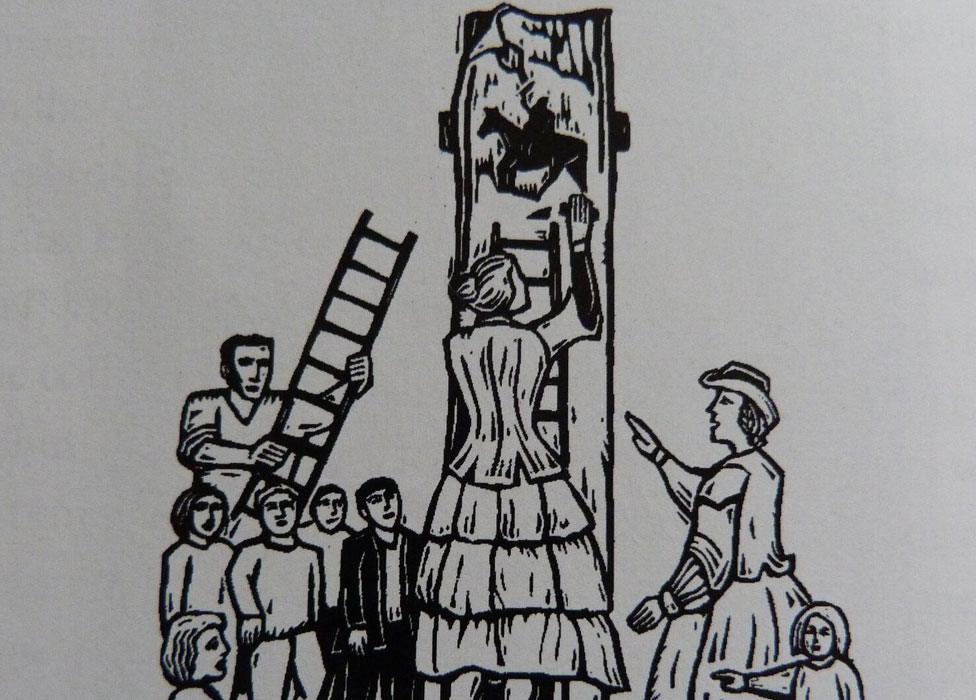
An illustration of Christian Maclagan making a rubbing of decoration on a standing stone
Dr Cook said: "In effect, she could not become a Fellow because she was not a fellow.
"Indeed, her key paper on the site was only accepted because it was transcribed by a man.
"Thankfully times have changed and now the society is a warm and welcoming place to all those who are interested in Scotland's past."
Dr Cook said Maclagan had largely been forgotten because she donated important pieces of her research to the British Museum in London, rather than to the Scottish society in Edinburgh, a sign of how angry and frustrated she was with the Scottish organisation.
The new archaeology project would be in addition to other efforts to remember Maclagan, who died in 1901.
There is a permanent exhibition about her at Stirling Smith Art Gallery and Museum and there are plans for a carving dedicated to her in Stirling's Back Walk sculpture trail.
- Published26 July 2016
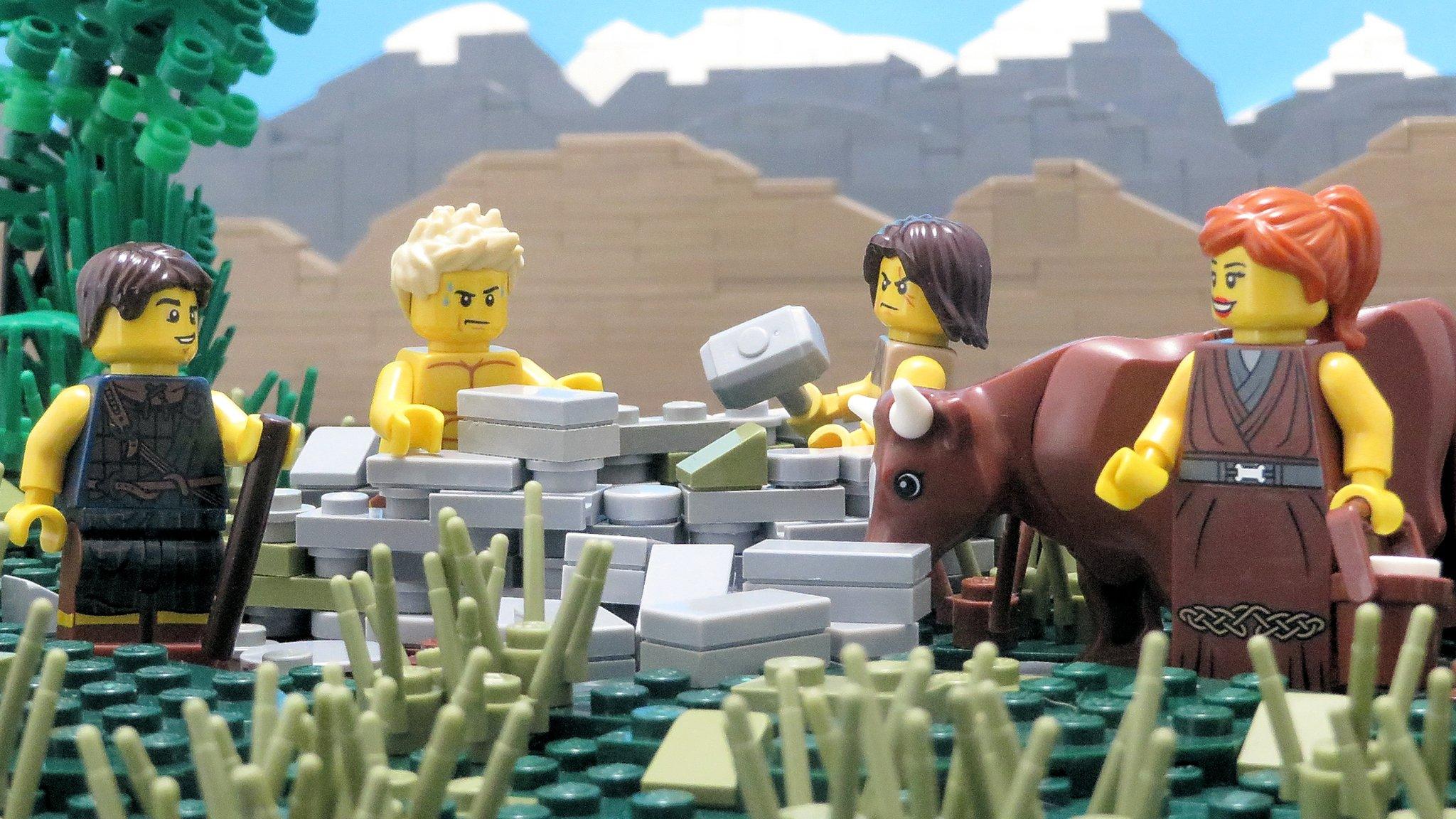
- Published21 July 2016

- Published7 July 2016
